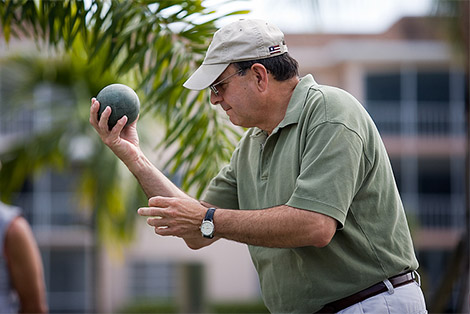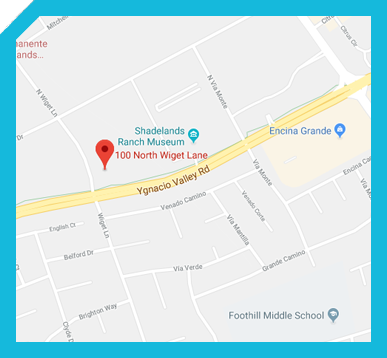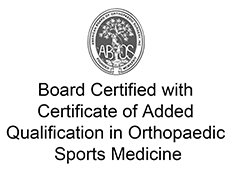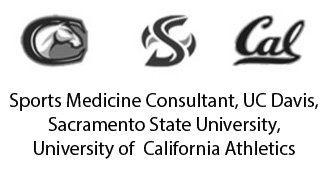
You may not be familiar with the term shoulder impingement, but you may have heard its more common name, “swimmer’s shoulder.” It’s an apt description, as swimmers have a greater chance of developing this condition because of the stress on joints and tendons characteristic of the sport. Other athletes such as baseball and tennis players may also develop shoulder impingement as a result of the repetitive swinging of the bat or racquet.
Shoulder impingement is a broad term generally thought to be due to a pinching of the rotator cuff muscles between the bone at the top of the shoulder, called the acromion and the ball of the shoulder, called the humerus. This pinching can lead to gradually increasing pain, clicking, popping, and even contribute to the rotator cuff muscles tearing.
Whatever the cause, there are many effective treatment solutions for this problem.
Accurate Diagnosis
Shoulder impingement can cause low-grade, persistent pain that is often worse at night. It may also cause weakness in the shoulder by injuring the rotator cuff muscles, making it difficult to raise the affected arm overhead. Impingement symptoms are frequently misdiagnosed as arthritis, rotator cuff tears, or a pinched nerve. By contrast, sometimes more serious injuries can initially appear as impingement, but upon further testing, such as by MRI, a rotator cuff injury can be revealed.
Non-Surgical Treatment
Physical therapy is the mainstay of treatment for impingement. Your therapist will work on improving your range of motion and strength. This helps alleviate many of the symptoms of impingement. If that is not effective, an injection with cortisone can be very helpful.
Surgical Treatment
Sometimes impingement syndrome does not respond to initial treatment. In those situations, arthroscopic surgery can be very helpful. Arthroscopic surgery allows us to remove the irritated tissue in the shoulder, remove bone spurs and repair any torn tendons and other structures in the shoulder that can be contributing to the symptoms of impingement.
Recovery Relay
The shoulder usually takes one to three months to heal after impingement surgery. After this type of surgery, you will wear a sling for 1-2 weeks, before beginning physical therapy to maintain range of motion.
Patients typically return to normal activities within six to eight weeks, as long as they avoid certain kinds of motions that put stress on the joint and tendons and interfere with healing. These include any activities that involve throwing. Not surprisingly, swimmers need to stay out of the pool during their recovery from impingement surgery.
For more information on shoulder impingement treatment options, please request an appointment with Dr. Jamali. Call or email Joint Preservation Institute today to schedule your visit to our Sacramento or Walnut Creek office.








 Treating Shoulder Impingement | Dr. Amir Jamali
Treating Shoulder Impingement | Dr. Amir Jamali 







